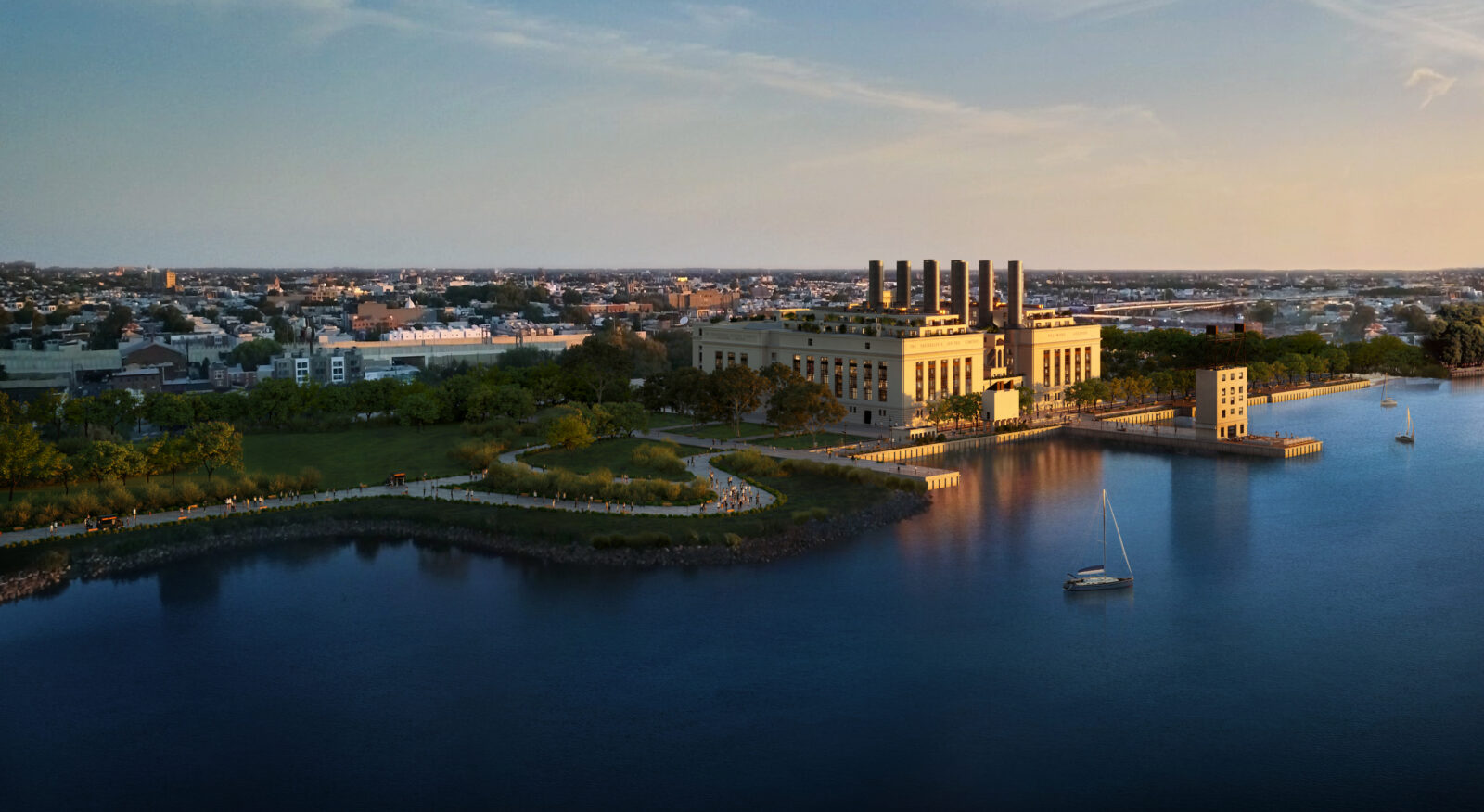1913
Joseph McCall, Board chairman of the Philadelphia Electric Company (PECO), purchased 8.5 acres of the Neafie & Levy Shipyard along the Delaware River for the site of a future power plant. It was the very same shipyard where the first submarine of the Civil War was constructed.

1917
To meet the growing needs of the industrial boom that happened as a result of World War I, construction of the Delaware Power Station began. Architect John Windrim, who later designed The Franklin Institute, chose a Beaux-Arts design to represent the strength and permanence.
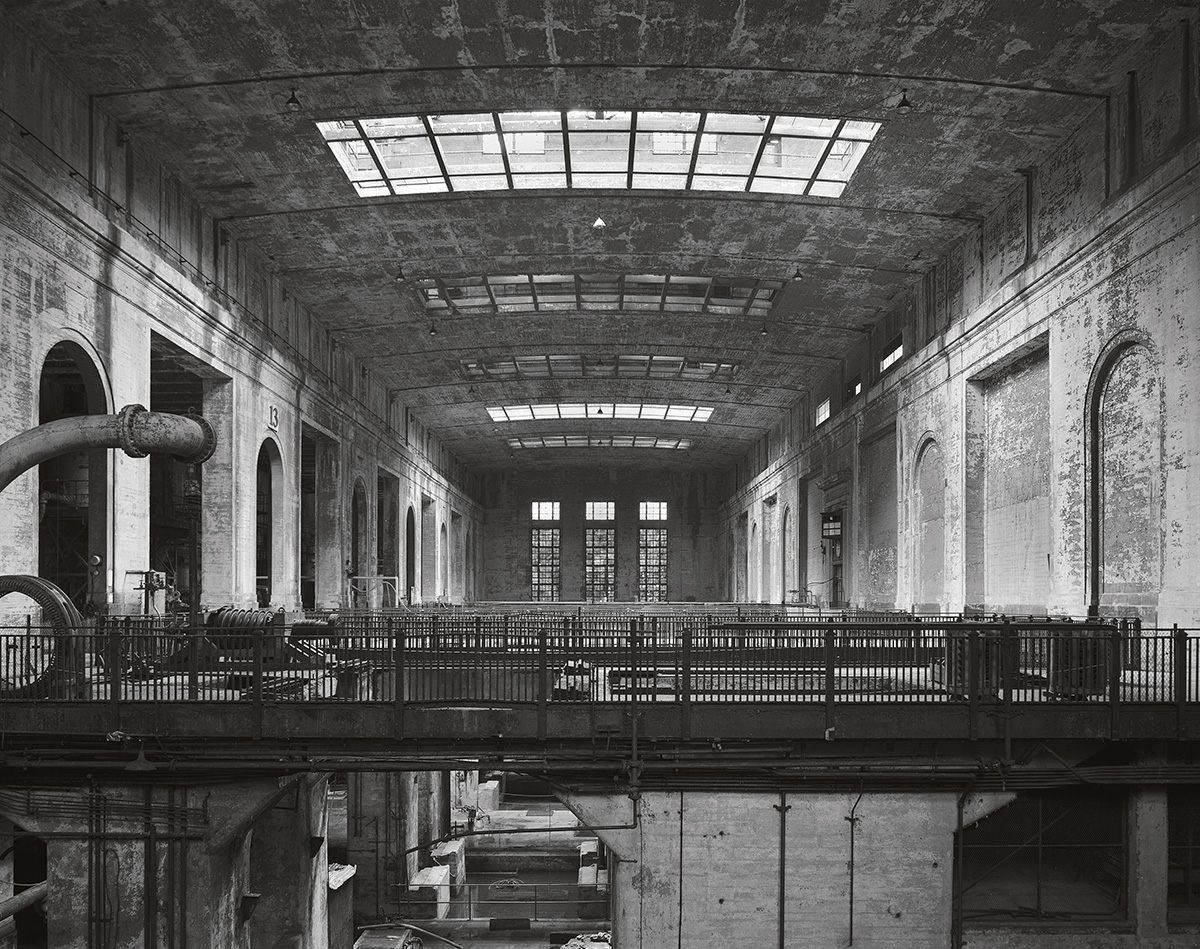
1923
The power station was running at full operation by 1923, and could generate almost half of Philadelphia’s electric supply. It became the largest power station in the PECO system.
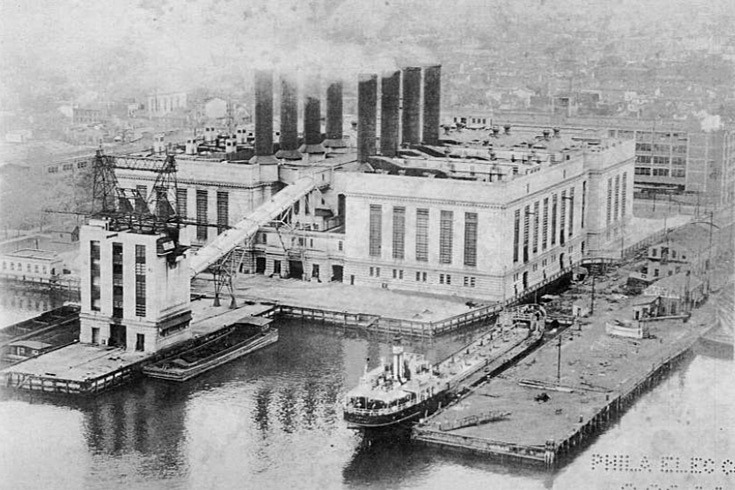
1953
With the Delaware Power Station working at full capacity, PECO continued to dominate the industry for several decades. In 1953, they decided to expand one last time.
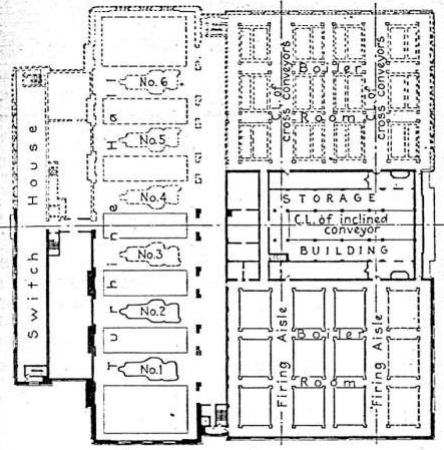
1969
New technologies like nuclear power were introduced to the electric industry, making the fossil-fuel dependant Delaware Power Station a thing of the past. By 1969, the main turbine hall and original boiler houses were inactive and only the 1953 expansion was still in use.
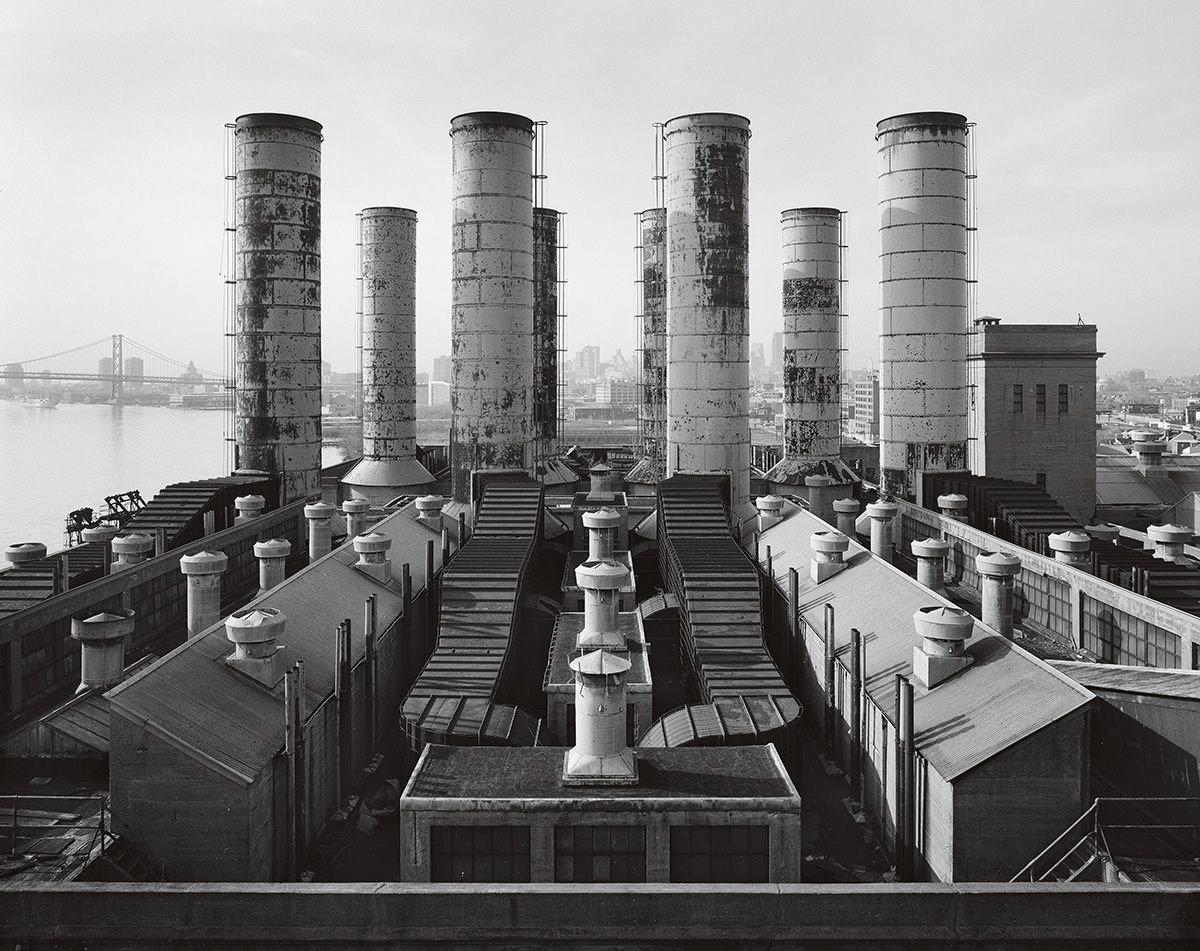
2000-2020
PECO was acquired by the Exelon company in 2000, and the Delaware Power Station was put to use by 2008. The structure was sold once more before landing in the expert hands of Lubert-Adler Real Estate Funds in 2019. In 2020, their vision for revival began.
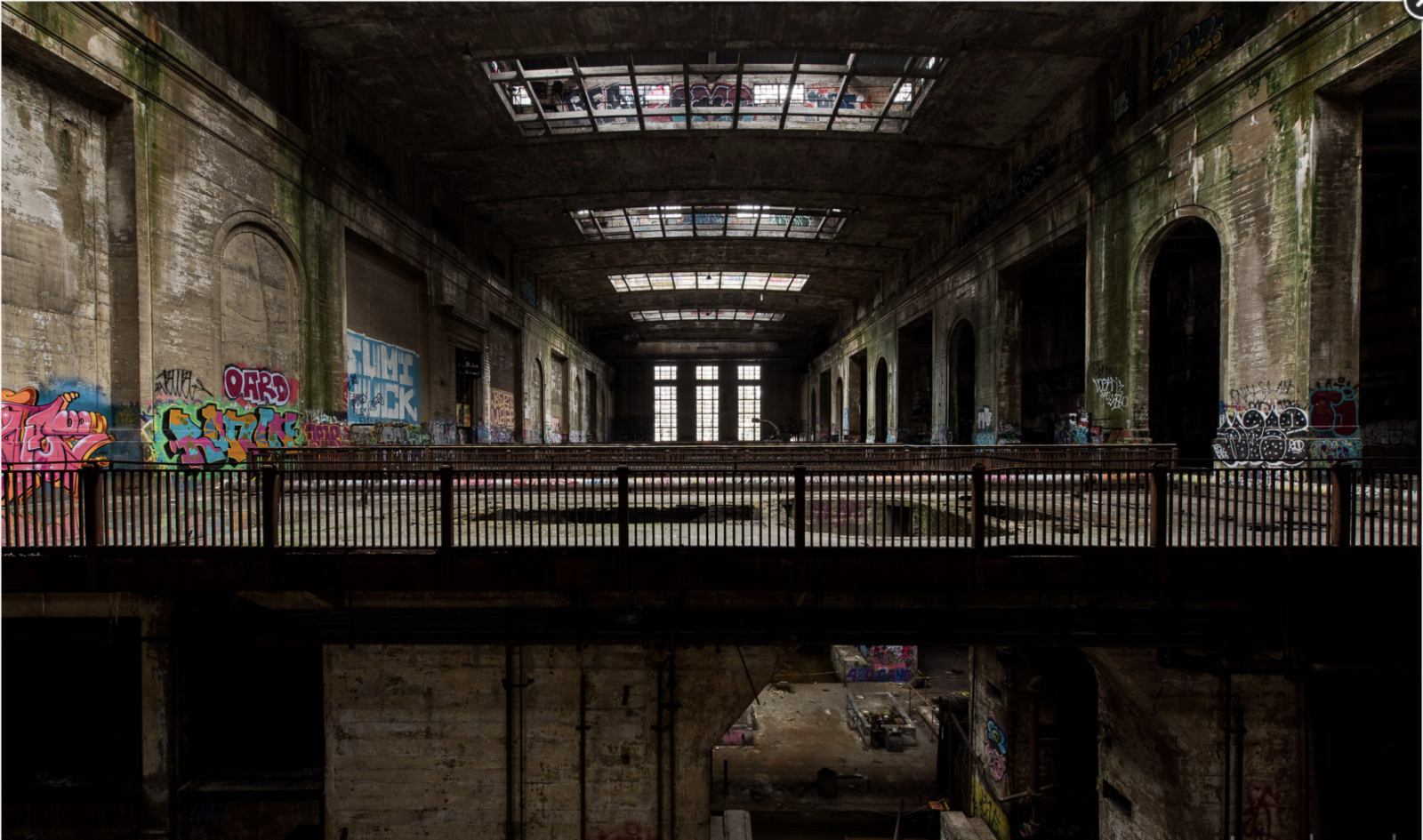
2023- New Beginnings
The legendary, 500,000 square foot powerhouse was brought back to life as a waterfront destination, world-class residence, and lifestyle club, energizing all of Philadelphia once again. As a nod to the past, the nomenclature used in the original layout will be preserved and honored.
